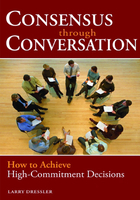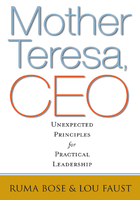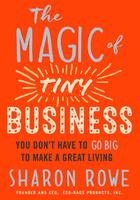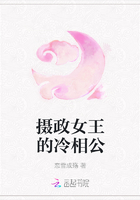For the past 25 years I've worked with leaders in world-class global multinational companies in the United States, Asia, Africa, Europe, and the Middle East to help them drive business growth. As an organizational psychologist, my expertise lies in connecting business strategy to execution.
In 2000, I founded a consulting firm in Asia, Organisation Solutions, that I've grown from a start-up with three people working out of a closet-size room in our apartment to a global firm with more than 50 consultants working across five continents.
As I grew my business, I also developed a love for distance running and triathlons. Over the years, my training and racing taught me about how to become an endurance athlete, not just how to complete one big race. Lessons I learned in sports helped me as a mother, academic, consultant, and business leader. Endurance training provides a wonderful metaphor for leading enduring business growth because the principles by which we expand our body's capacity to go faster and farther translate directly to expanding the capacity of an organization. That's why I've woven my personal journey of becoming an ultra-athlete into this book.
That said, the backbone of this book is research. Trained as a scientist, I value research and have spent my career encouraging leaders to use research to support their business decisions. My firm has conducted three multi-company studies over the past eight years on growth leadership and talent practices for high growth. I also led a systematic review of the academic research on business growth that includes hundreds of high-quality studies on thousands of companies conducted over more than 30 years.
This research portfolio sheds light on what causes companies to grow, and why many companies fail to achieve long-term growth.[1] We often read about companies that didn't change or adapt quickly enough-Kodak and Nokia for example. They were too constrained by their existing views of the world and their business and failed to innovate or change fast enough. But an organization that grows too quickly or beyond its capabilities is in equally dangerous territory for long-term growth. Companies like Krispy Kreme and QXL, an online auction house once touted as a rival to eBay, are examples of companies that went too fast or further than they were able, and they paid the price for it.[2]
Too often I see cases in which companies and their leaders are addicted to action. They push harder and go faster without practicing what I call Intelligent Restraint. Intelligent Restraint is pushing to perform and transform as much we can, but no more. When we practice Intelligent Restraint, we operate within the limits of the capacity and capabilities we have today while we also build the base for tomorrow. The result of pushing beyond the limits is ruin: financial loss, loss of motivation, and staff who burn out. It also can kick off erratic "boom-splat" cycles of growth that waste tremendous energy and resources because leaders didn't build up required capabilities and capacity for growth. These leaders do more because they think they can, when they should be doing less.
My colleagues and I have had the opportunity to work with many of the world's most admired firms to help them build the capabilities and capacity they require for growth. We have seen that practicing the discipline of Intelligent Restraint leads to both enduring, valuable growth and lasting achievement. This book aims to help you use Intelligent Restraint to achieve enduring growth-both in your business and in life.















